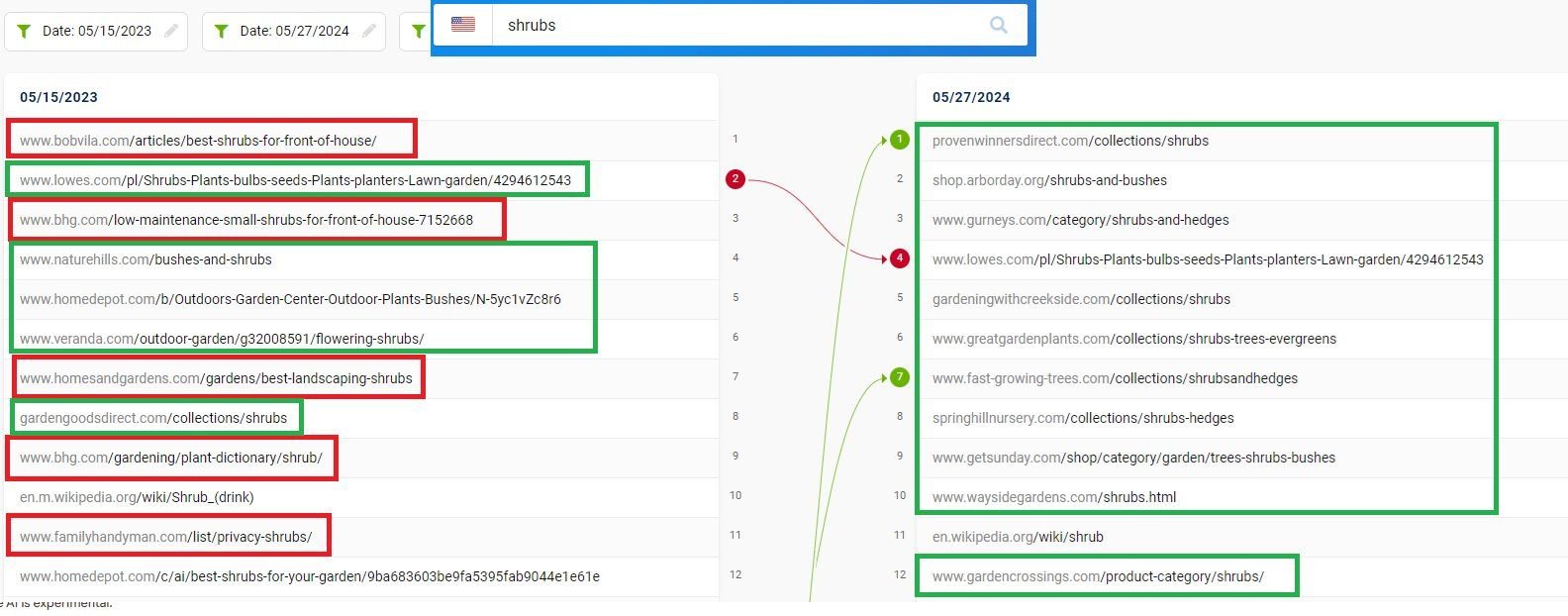Why E-commerce SEO Works Better Now Than Ever
E-commerce SEO has long been a critical component for driving traffic and sales to online stores. Recently, however, there’s been significant changes in how search engines, particularly Google, handle and rank e-commerce sites. These changes have provided e-commerce businesses with better opportunities than ever to be visible and competitive in search results. This article explores why e-commerce SEO works better now than ever by examining the latest algorithm updates and new features Google has rolled out for e-commerce businesses.
E-commerce Sites Getting Favored in the Search Results
In recent months, there has been a shift in the types of websites Google chooses to serve in search results. This is a result of new guidelines added to Google’s spam policies in March 2024. One of the most significant updates is “Site Reputation Abuse,” which aims to combat content that is republished by high-authority websites to manipulate rankings.
If we take this article on pardott.com as an example, it would have had better chances to rank if it was published on shopify.com or wix.com. This is because these are “stronger” domains with a longer history of high-quality content. Moreover, they are also more authoritative in the field of e-commerce.
Previously, well-known publishers could offer placements on their domains in exchange for compensation. The result was a SERP filled with the same 5-10 domains, rather than websites that were actually experts in various fields.
How authoritative is The New York Times on mattresses really?
With “Site Reputation Abuse,” Google will penalize this type of content, benefiting e-commerce businesses that now get more coverage in search results.
Lily Ray, Vice President at Amsive, has studied how search results for this type of searches have changed recently, and the findings are interesting. We seem to be moving in a direction where e-commerce businesses and strong brands, rather than affiliate sites, news sites, and comparison sites, are taking more positions.
The image below shows how the search results for the query “shrubs” have changed over the span of a year.
From showing two e-commerce sites in the top 10 results in May 2023, it has now, a year later, shifted to showing 10/10 e-commerce sites. This is an interesting development that should be seen with great enthusiasm by anyone running or working in e-commerce.
Google Continues to Enrich Search Results for E-commerce Businesses
Another reason e-commerce SEO works better now than before is that Google continues to introduce new ways for e-commerce sites to make their search results more visually appealing and informative. This is done by continuously releasing new types of structured data that enable websites to provide search engines with more context. When Google can read and interpret the content, it becomes easier to package and present it attractively.
Google Seller Ratings
Recently, Google has shown Seller Ratings on organic results outside the USA for the first time. This is something that has long been available for ads on Google but is now also starting to appear for organic search results.
Seller Ratings can affect CTR (Click-Through Rate) as they provide a direct visual indication of a webshop's reliability. E-commerce businesses with high ratings often see a significant increase in both clicks and conversions. To take advantage of this feature, e-commerce businesses should encourage their customers to leave reviews and focus on maintaining high service quality.
These ratings, displayed as stars next to search results, are based on customer reviews and can give potential customers a quick insight into a webshop’s credibility and service quality.
Found and shared by Brodie Clark
Product Variants
There is now structured data available that allows e-commerce businesses to tag the available variants of a product. Many websites use JavaScript solutions on product pages for choosing color, size, material, and more.
Unlike a user, Googlebot does not have the ability to click and scroll around a website. This means that variations of a product, which are generally made available through URL parameters such as ?size, ?price, etc., are often inaccessible to search engines.
With Product Variants structured data that launched earlier this year, e-commerce businesses can tag their product pages to give Google a better understanding of their offerings.
For example, Nordiska Galleriet offers the Palissade table from HAY:
Google can read the page and take in information such as price, availability, ratings, and more. This useful information makes the search results already enriched with various rich snippets:
What is not communicated to Google however, is what colors the table is available in. This means that Nordiska Galleriet does not rank as well as it could have if they used Product Variations. A search for “palissade table 170x90 olive” does not show the page in the top 5 results, despite the product being offered by the retailer.
By implementing Product Variations, additional information about the range could have been given to Google, thereby increasing the chances of appearing for terms related to – in this case – color variations.
Conclusion
It is an exciting time for all e-commerce businesses and how SEO relates to the rest of the marketing mix. Google’s latest algorithm updates have led to credible e-commerce businesses being favored over affiliate sites and comparison sites. Meanwhile, Google continues to introduce and refine features that allow e-commerce sites to be visible and stand out in search results.
As a freelance consultant at the SEO agency Pardott, I closely follow the development of e-commerce SEO and continuously report on changes and new strategies on my website and LinkedIn.

 Connect on Linkedin
Connect on Linkedin




